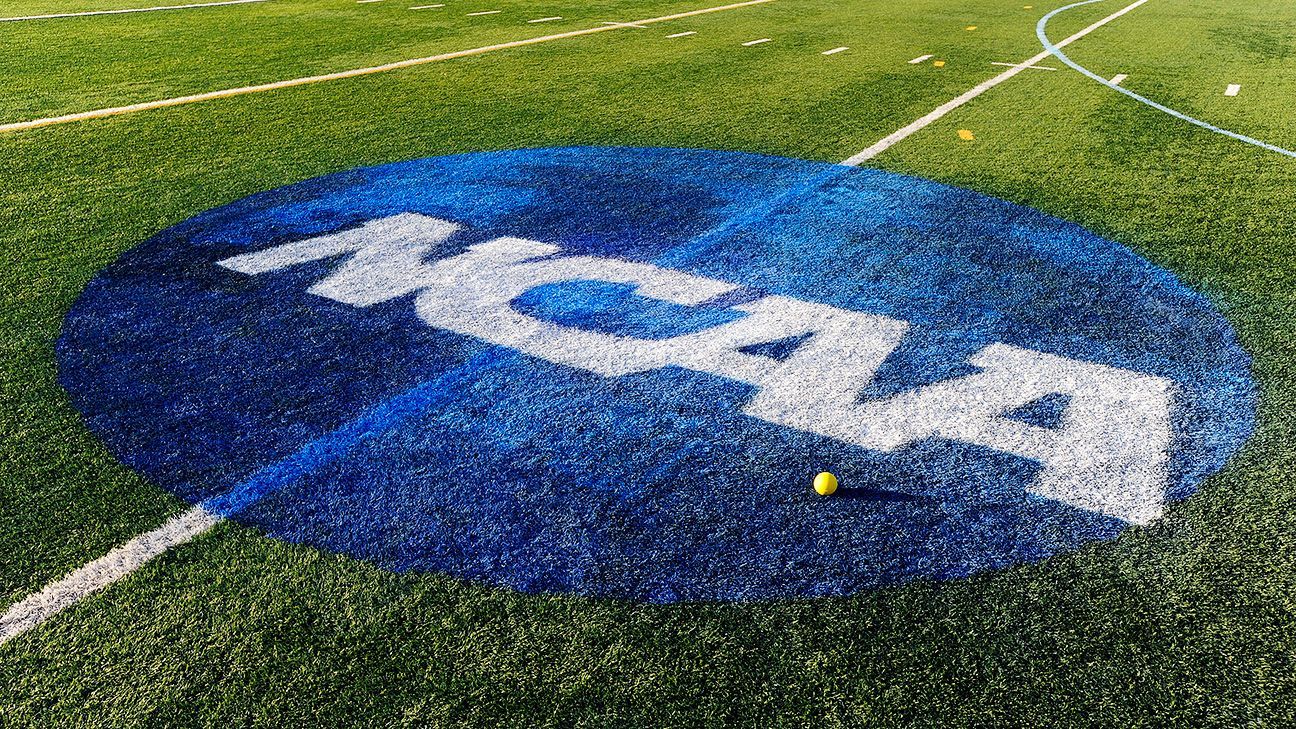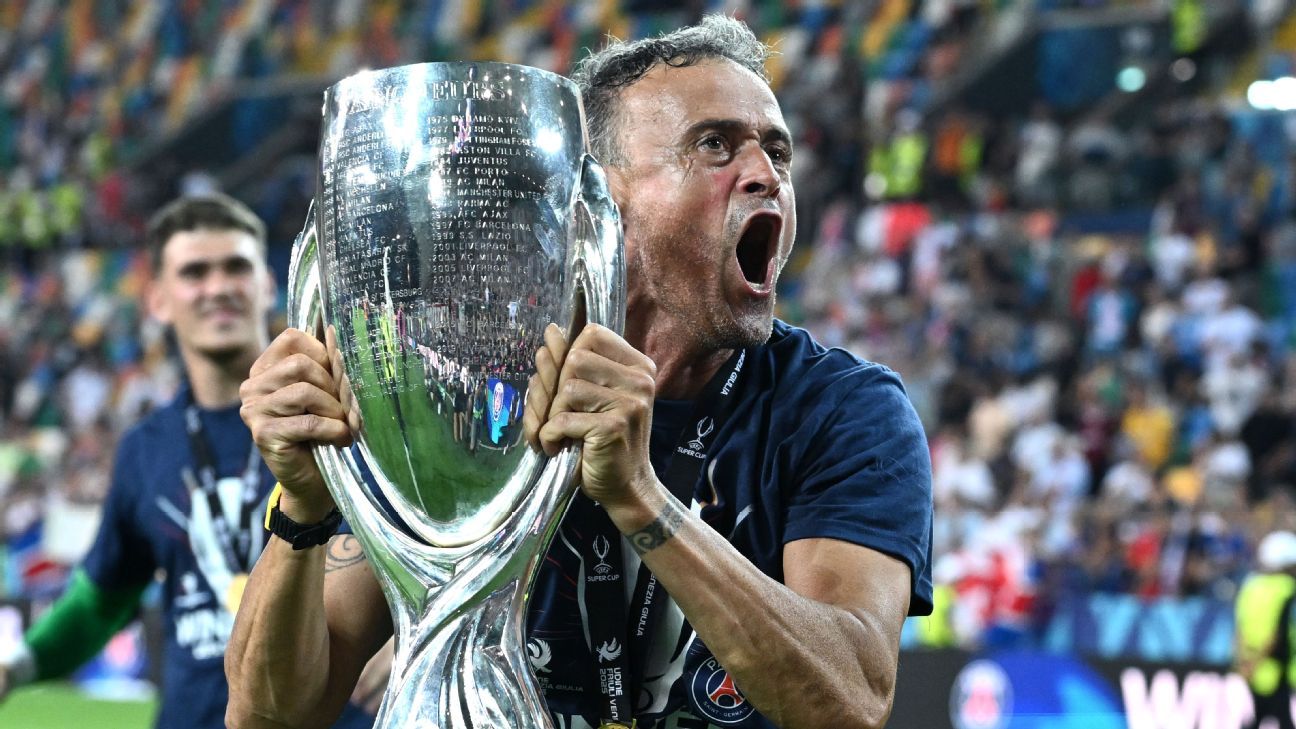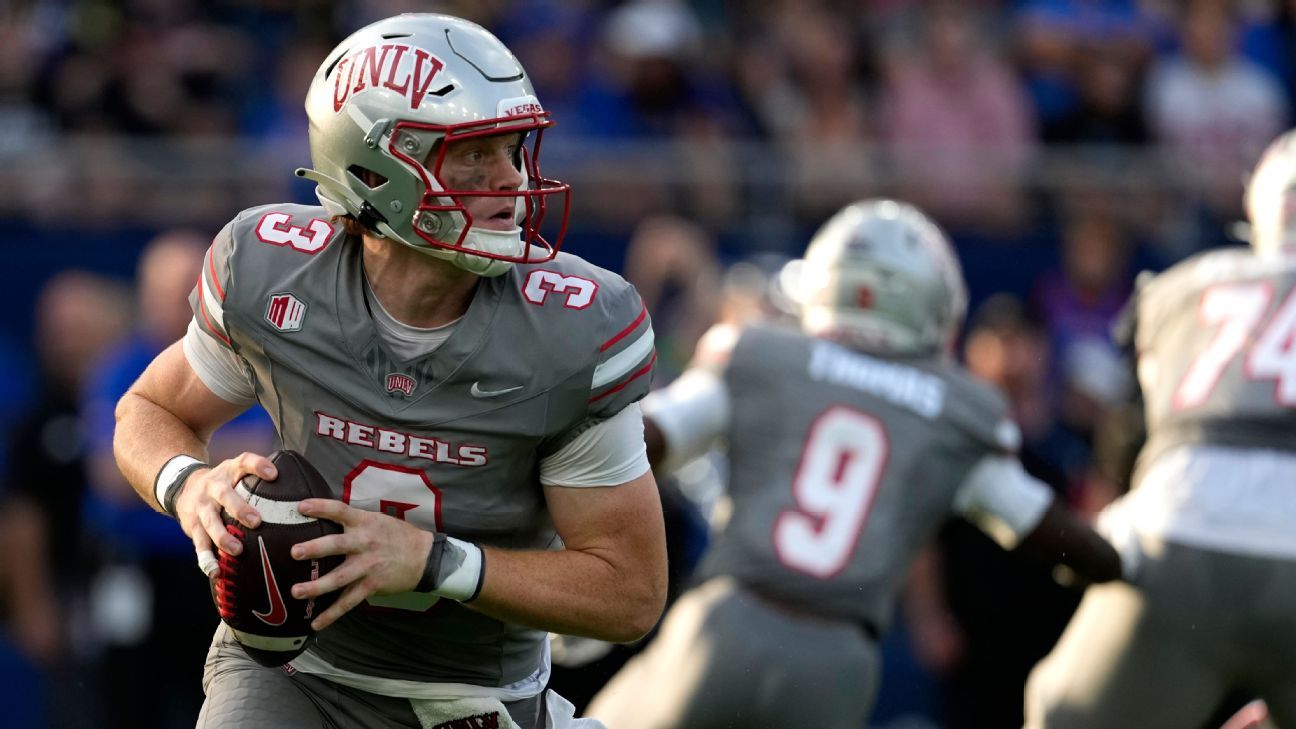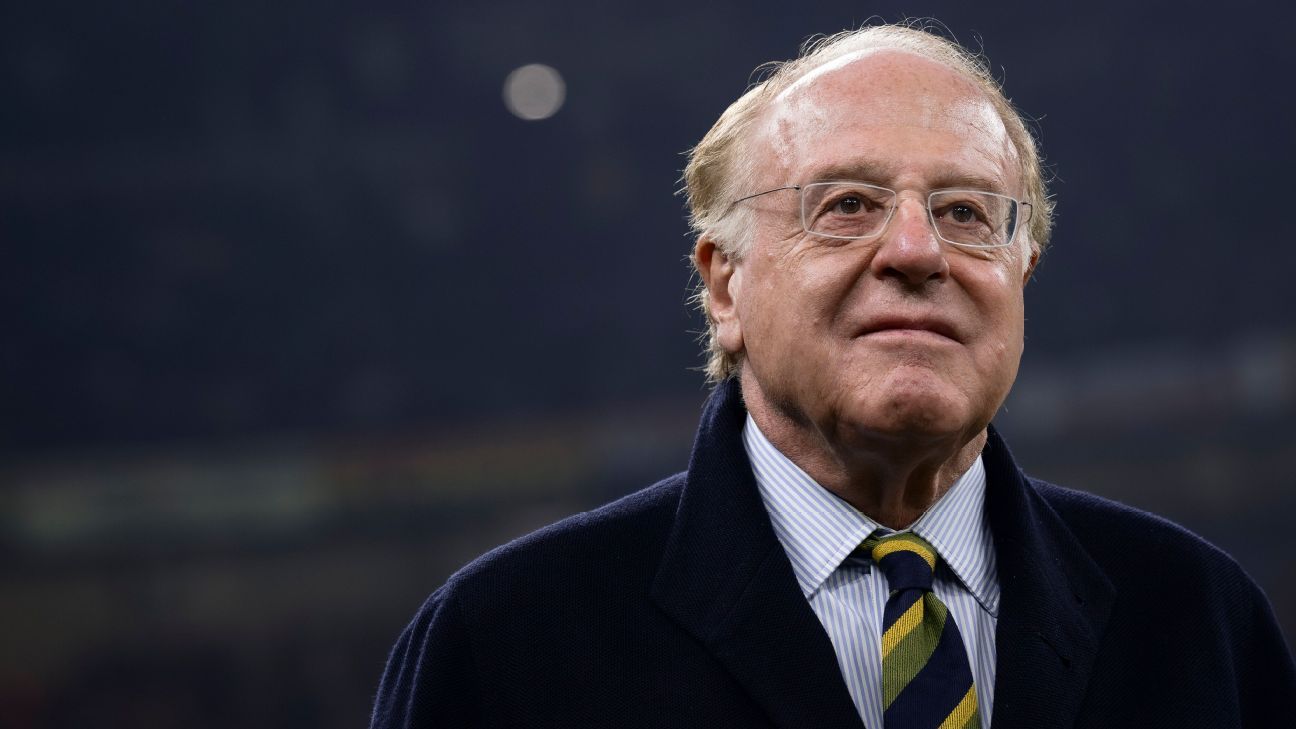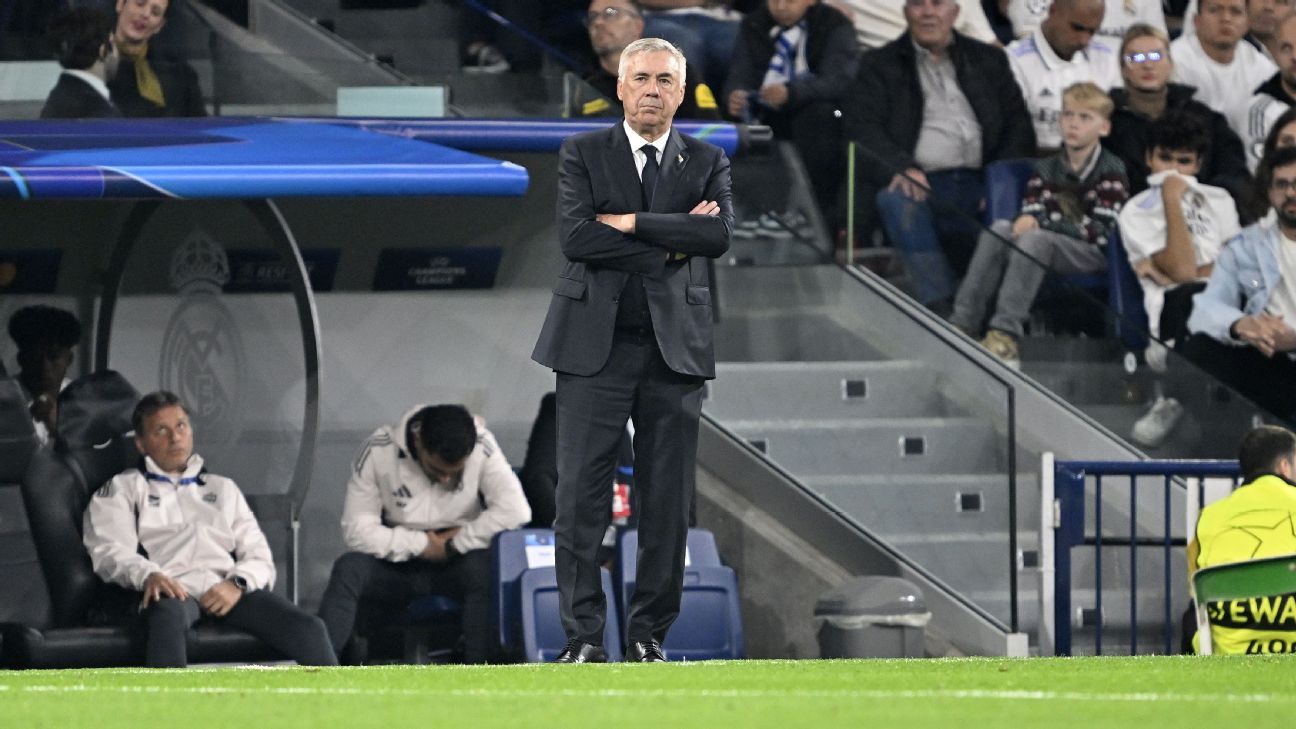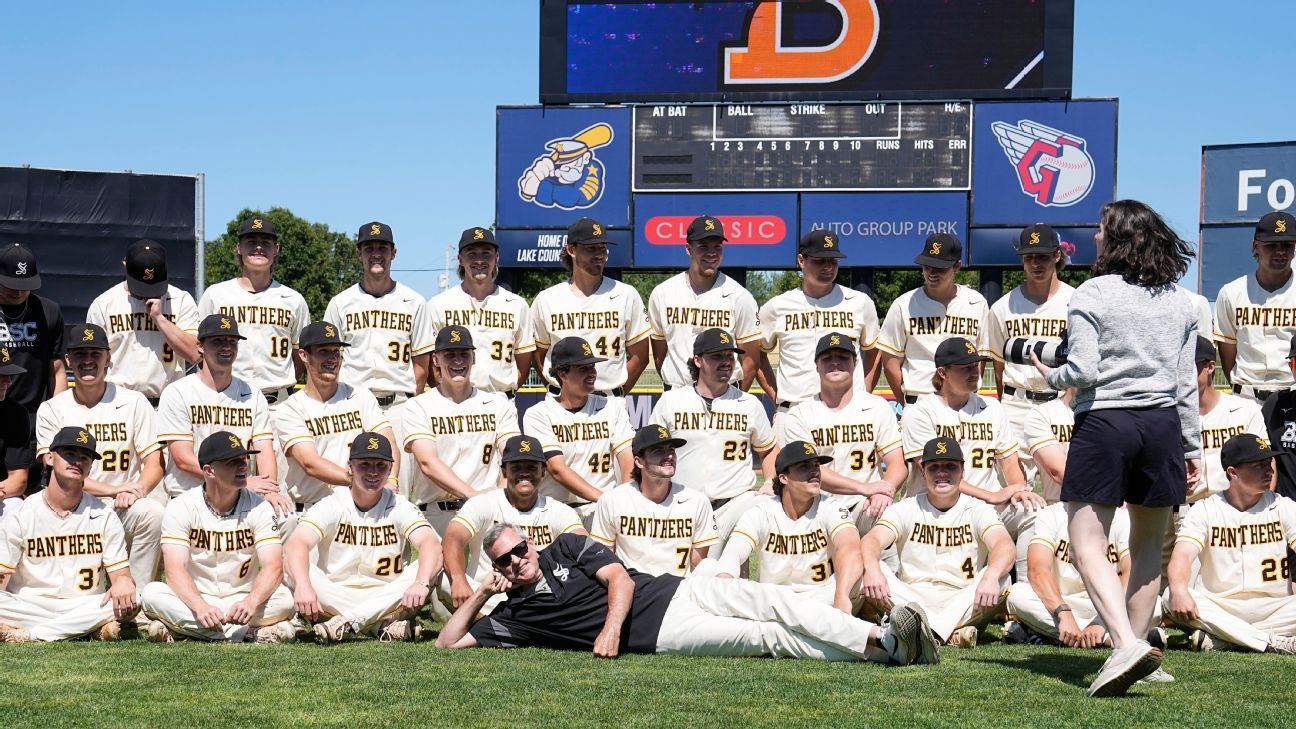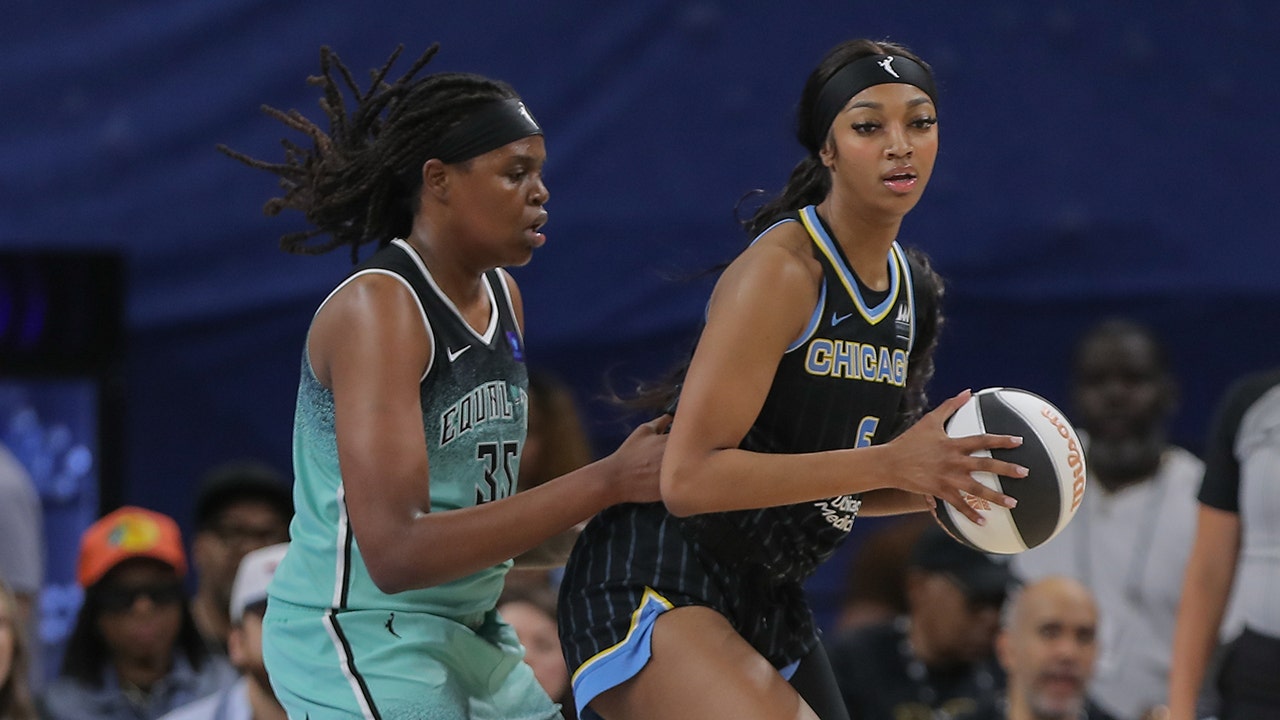As the NCAA continues to take steps toward the expected settlement of the landmark House v. NCAA and other related antitrust cases, there is pushback over how the NCAA plans to pay the expected $2.7 billion in back damages over the next decade, sources told ESPN.
The NCAA sent a four-page memo this week to all 32 Division I conferences detailing how the organization plans to cut distributions to leagues in six annual payment categories in order to pay the proposed $2.7 billion in damages.
The memo details how the NCAA could divide the expected $1.6 billion that would come from reductions in NCAA distribution, sources told ESPN. The remaining $1.1 billion is expected to come from NCAA reserves, catastrophic insurance, new revenue and budget cuts, sources said.
Of that $1.6 billion, nearly 60 percent is expected to come from leagues outside of the Power 5 leagues named in the House lawsuit, according to sources. (NCAA is named and all schools are members). The other 40 percent will come from power conferences.
For example, the annual cost of the Big East Conference is projected to be between $5.4 million and $6.6 over the next decade, according to a source familiar with the memo. The West Coast Conference, another successful basketball-focused league, is expected to pay between $3.5 million and $4.3 million annually. The lowest level of annual payments expected to be withheld for smaller leagues is just under $2 million, which is estimated to be more than 20 percent of what those leagues get from the NCAA annually.
This has unleashed an avalanche of angry commissioners and officials in those lower-revenue leagues, including a series of meetings of the Collegiate Commissioners Association and the CCA22, which are the 22 leagues that do not have FBS football.
Of the $1.6 billion, the NCAA will withhold distributions from six funds across its 32 Division I leagues, ESPN has learned. These include the basketball performance fund (through the NCAA Tournament), grants, the academic enhancement fund, athletic sponsorships, conference grants and the academic performance fund.
There are three categories of NCAA payments that are not expected to be affected: the conference equity fund, the student-athlete opportunity fund and the special assistance fund.
The NCAA does not plan to take money from its Division II and Division III distributions, sources said. However, sources cautioned ESPN that the numbers are fluid and could change.
There has been a flurry of CEC and CEC22 meetings in recent days, and the tenor of those meetings has been to try to find out if additional models can be proposed that would reduce the financial burden. According to a memo obtained by ESPN, CCA22 plans to send a letter to Power 5 and NCAA requesting additional payment models.
A smaller, non-powerful football league was told in the NCAA memo that it was expected to pay more than $2.5 million a year to help cover the costs of the deal, according to one source. A source from that CCA22 league said that amount is about 25 percent of the NCAA's annual revenue for the league's schools.
“We're not named in the lawsuit,” a minor league source said. “We don't have a say in any of this. They just tell us what our taxes are.”
Another source at a CCA22 league added: “This is incredibly unfair and has a dramatic impact. I'm losing about 10 percent of my operating budget. Should I cut two staff members so the money goes to Zion Williamson? Ninety percent percent of the lawsuit money will go to five football and men's basketball players. The 40 percent payment by the power conference is not proportional.”
There is a contradiction to those figures, as nearly 300 schools would pay 60 percent of the deal, while 68 power conference schools in the four major football leagues in 2024 would pay nearly 40 percent.
The average overall revenue for schools without five engines was $27 million in fiscal year 2022, according to one source. A $330,000 reduction per school in the distribution, one source said, would be equivalent to 1.2% in revenue school average. . (That $27 million is different than the pure NCAA payments mentioned above.)
“Paying damages is only half the picture,” an industry source told ESPN. “The proposed revenue-sharing agreement (nearly $20 million per campus for more than 60 campuses) would cost more than $1 billion annually and would provide all of Division I with protection from similar future lawsuits.”
CCA22 is expected to continue holding out in the coming days, sources said. This will come amid NCAA votes and proxy conferences on the deal, which is expected to be approved, which will be held next week.

